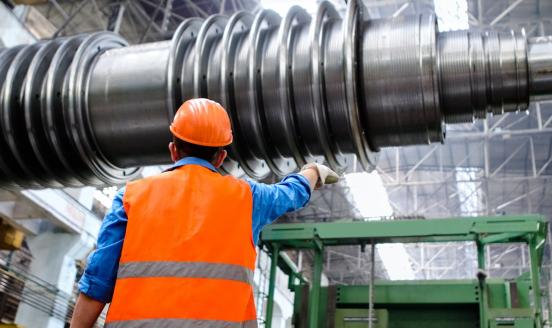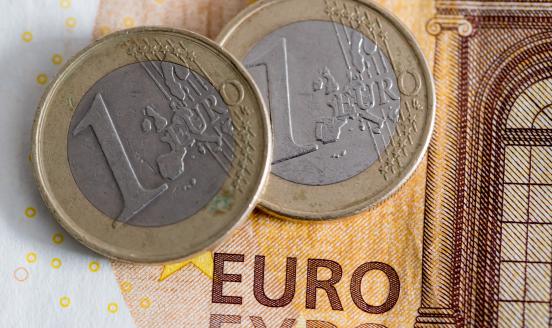Opinion piece
One year in ten numbers
A reflection on how the world has changed since the Ukraine invasion, through the lens of ten revealing numbers.
When Russia invaded Ukraine on the 24th of February last year, the hope was that this unnecessary and brutal war would last only a few weeks. One year later, the war is still ongoing, with no obvious end in sight. In his recent intervention at the Munich security conference, Chancellor Scholtz said that it would be “wise to prepare for a long war in Ukraine.”
But what is different in Europe, and possibly in the world, because of this brutal invasion? In no attempt to be exhaustive, below are 10 numbers to reflect upon as we go forward.
- 8,054,405 is the number of refugees from Ukraine recorded across Europe. Just short of 5 million are registered and can draw from national protection schemes available in respective countries. According to a study by Population Europe, the population of Ukraine could decline by as much as a third over the next two decades as a result of the Russian invasion.
- -35% is the amount by which the Ukraine economy contracted in 2022 according to the World bank. The poverty rate went up from 5% to 20% last year and Ukraine lost 15 years in GDP per capita terms.
- €500 billion (at least) is the estimated cost of reconstructing Ukraine, according to the World Bank. This number was estimated to be around €350 billion in June and increases with the duration of the war. The GDP of Ukraine was $200 billion in 2021, so the estimated cost of reconstruction will be multiple times that.
- €657 billion is the amount that EU governments collectively earmarked to shield households and businesses from the energy shock during 2022 (and €103 billion in the UK). This represented as much as 9% for Slovakia and over 7% for Germany in terms of their respective GDP.
- €140 billion (almost) is the amount the EU has paid to Russia for energy (gas, oil and coal) since the start of the war. As prices, primarily of gas, were at an all-time high, total oil and gas revenues accounted for 45% of the Russian government budget.
- 76% is the reduction in EU imports of Russian gas since the start of the war. As it currently stands, this means that EU dependence on Russian gas has decreased from 51% at the start of the war to 14%. This is not only due to a reduction of gas imports from Russia but also to a 12% reduction in overall gas demand in 2022 compared to the average in the period 2019-2021.
- 3% is the estimated number that captures the EU’s latest dependence on Russian crude oil, down from 25% before the start of the war. The EU’s dependence had already reduced in October of 2022, but it is only in December that a significant reduction was achieved when over 90% of crude oil imported from Russia by sea was embargoed. Although pipeline flows are not under embargo, the expectation is that these will also end soon.
- 33% is the intended increase in EU defence spending by 2025 equivalent to €70 billion. The 26 European Defence Agency members collectively spent €214 billion in 2021 which amounts to 1.5% of total GDP. By means of comparison, EU countries spend an average of 5% on education and almost 11% on healthcare. Member States also allocated a record €7.9 billion to European collaborative defence equipment procurement projects, almost double the €4.1 billion recorded in 2020. The US spent $858 billion in defence, which represented 3.5% of GDP in 2021. The US has also authorised an 8% increase for 2023.
- 900,000 is the estimated number of Russian citizens that have fled the country in three waves. The first wave began at the start of the Russian invasion of Ukraine, primarily of people that opposed the war. A second wave happened in the summer of 2022 by people that needed time to organise their departure. Lastly, a large number of citizens, primarily men, left the country in September of last year, trying to avoid the announcement of partial mobilisation.
- 345 million is the number of people that are facing acute food insecurity in 82 countries, according to the UN World Food program. This is the result of climate, the pandemic and the war in Ukraine. Ukraine and Russia provide 30% of the worlds wheat and barley, one fifth of its maize and over half of its sunflower oil. Lack of access due to the war caused a sharp increase in food prices, jeopardising food security. In Ukraine itself, one in three households is estimated to be food-insecure according to the UN.



